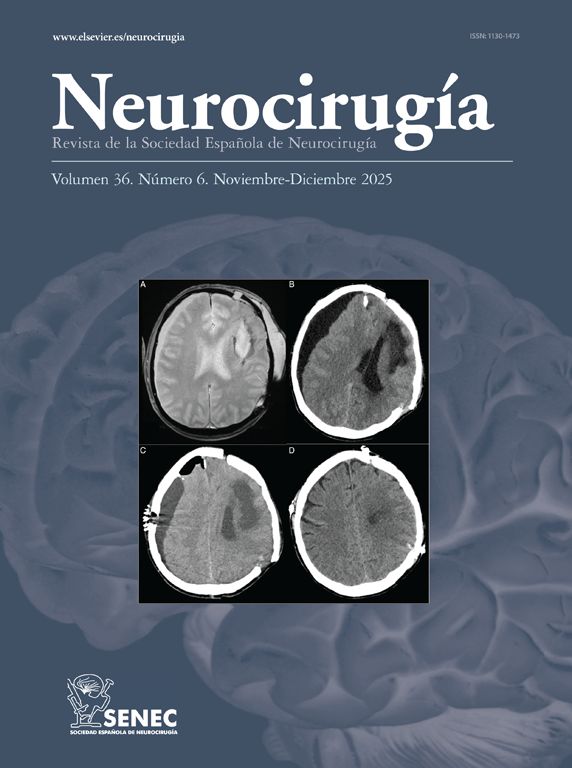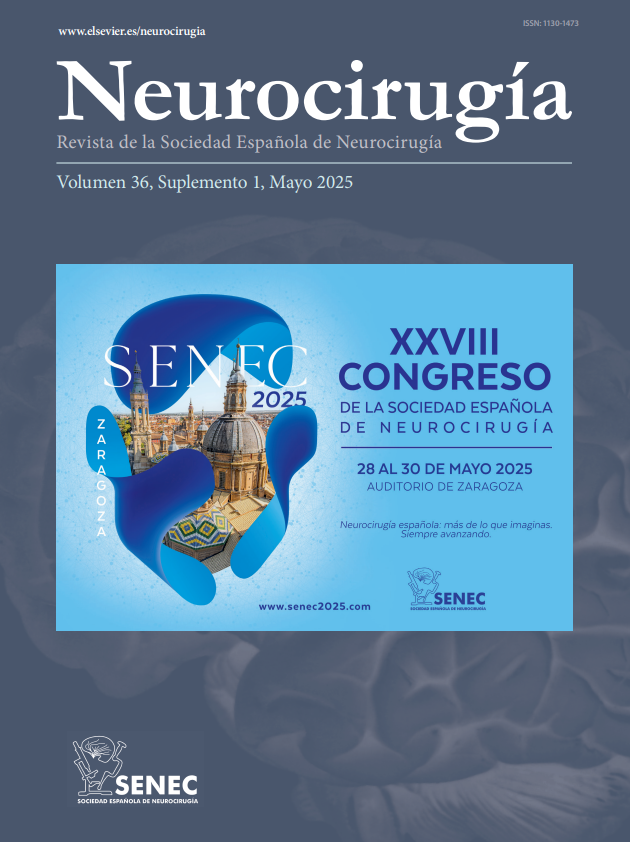O-11 - LONG-TERM POSTTRAUMATIC SYRINGOMYELIA: CAN DELAYED DECOMPRESSION IMPROVE OUTCOME?
Hospital Universitario Vall d'Hebron, Barcelona, Spain.
Introduction: Posttraumatic syringomyelia is recurrent and difficult to manage, sometimes requiring many surgeries. It is believed that the persistence of anterior spinal cord compression does not play a determining role in the long term due to changes in CSF circulation and already established tethering. However, little is known about the effect of delayed decompression.
Methods: All patients with posttraumatic syringomyelia with some degree of spinal residual compression were analyzed in a single center retrospective analysis. 10 patients with at least 5 years of follow-up treated in our department between 2015 to 2022, were included. All patients had prior shunt surgeries. We divided into group A patients who underwent surgery for anterior decompression performing corpectomy or posterior wall osteotomy and group B those who only underwent intramedullary or shunt surgery. We analyse requirement of new surgeries, reduction of syrinx size in MRi and improvement of symptoms in terms of level in ASIA A patients or syringomyelia worsening symptoms in incomplete (ASIA B, C, D).
Results: The mean age is 52 years (range 31-67) and the mean time since the spinal cord injury is 8 years (6-17). ASIA A patients were 5 (50%), ASIA B 2 (20%) and ASIA C 3 (30%). Patients in group A did not require new shunt surgeries while group B 4 of 6 (66%) required new shunt surgeries during follow-up. Regarding to outcome, in group A 2 patients improved level or symptoms (50%) while the other 2 (50%) remained stable, but in all patients syringomyelia improved in MRi. In group B 4 (66%) required syrinx surgery for worsening, and only 2 (33%) reduced syrinx size.
Conclusions: Despite the limitations, the results suggest that residual anterior compression may still play a role in the evolution of posttraumatic syringomyelia and that in some selected cases anterior decompression may improve outcome.






